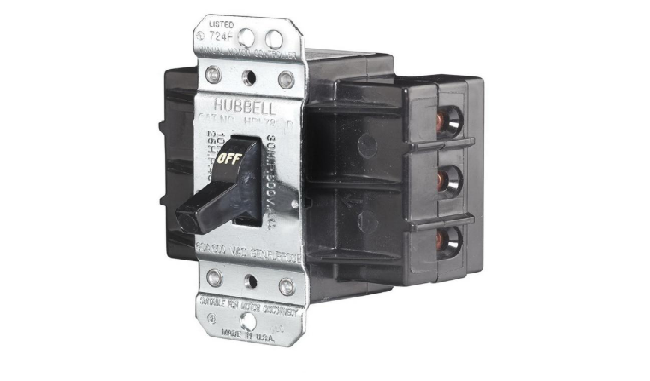
Electric motors power everything from tiny electronics to massive industrial pumps. Yet, they all work on the same basic principles. Though AC motors seem ordinary, there are complex activities going on behind the scenes.
AC Motors
The simplest types of motors are three-phase AC motors. They convert a rotating magnetic field into mechanical rotation. The basic parts of an AC motor are the stator, rotor, bearings, drive shaft, and frame. The supply power is connected to coils of wire that are wrapped around laminated iron cores in the stator; the stationary part of the motor. When the coils of wire receive current, they generate a magnetic field known as poles. Each phase of power has the same number of poles; the poles are spaced evenly around the stator.
Because three-phase power alternates in progression (usually phase A to B to C) the net magnetic field rotates as each phase reaches its peak while the previous phase decreases. A stator can have multiple poles per phase, and a stator with more poles will have a slower no-load max RPM. The formula is ns = 120f/p, where ns is the rotational frequency, f is the supplied frequency (usually 60 Hz), and p is the number of poles.
The rotor, the part of the motor that actually spins, is made up of large conductors connected together with laminated iron plates between them.
This construction is called a squirrel cage. Because the magnetic field generated by the stator is constantly moving, it induces a current in the conductive bars of the rotor. This current, because of Lenz’s law of induction, will oppose the current that created it. This is also true because the bars are placed between iron cores that generate their own magnetic fields.
Opposite fields repel each other, which cause the rotor to move. As the load on the motor increases, the rotor slows. The larger difference between the rotation of the magnetic field in the stator and the rotor generates more current in the rotor bars which generates more torque. The generated torque will increase to a point known as the breakdown point. Next, the motor will draw current and produce decreasing torque until the motor finally stalls.
Speed Control
 Historically, speed control of three-phase induction motors was very difficult. The only way to change the operational speed is to change the frequency of electricity supplied. Today, this task is accomplished by use of a variable frequency drive or VFD. This device is made of three main components: a rectifier, a DC-Link, and an inverter. The rectifier takes the incoming AC voltage and converts it to DC voltage that can be used by the electronics in the VFD. The DC-Link then uses capacitors to help smooth out the DC voltage from the rectifier and feeds it to the inverter.
Historically, speed control of three-phase induction motors was very difficult. The only way to change the operational speed is to change the frequency of electricity supplied. Today, this task is accomplished by use of a variable frequency drive or VFD. This device is made of three main components: a rectifier, a DC-Link, and an inverter. The rectifier takes the incoming AC voltage and converts it to DC voltage that can be used by the electronics in the VFD. The DC-Link then uses capacitors to help smooth out the DC voltage from the rectifier and feeds it to the inverter.
The inverter then converts the DC voltage back to AC voltage. The inverter also controls the output frequency of the AC power by sending precisely timed pulses of DC power at specific voltages to rebuild the AC sine wave.
With a VFD, not only can the output frequency be controlled, but it can be slowly ramped up. This allows for smoother starting and can be adjusted to keep a motor spinning at a specific frequency. VFDs can produce three-phase power from a single-phase source, or even a DC source, to power highly efficient three-phase motors in locations without a three-phase supply. VFDs can also be incorporated into a PLC system to allow for automatic or remote control.
The combination of a VFD and AC motors offers a wide variety of functions and increased efficiency. Basic understanding of these technologies is essential for any electrician.

